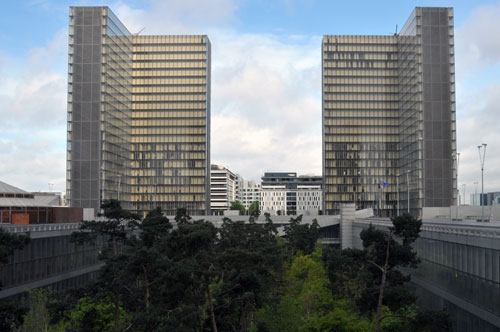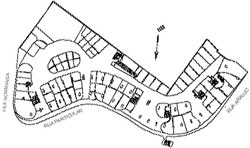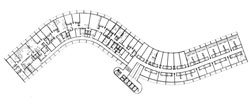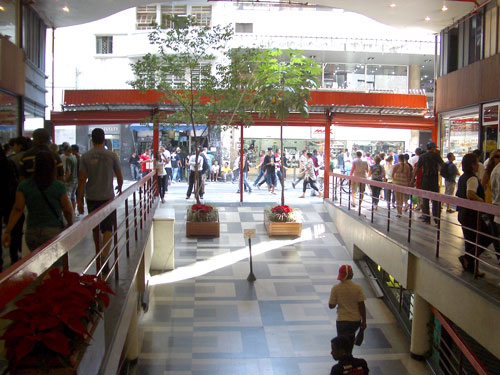“Hello Bandoeng, hello Bandoeng, Kootwijk here”, said the queen in 1929, using the radio connection with the Dutch colonies in Indonesia. After completing the radio transmitter complex 12.000 kilometers away in Bandoeng, the high plain of Kootwijk was chosen for the Dutch radio receiver. Architect Jules Luthmann designed the iconic transmission building, also known as ‘the cathedral’, along with other typical structures in reinforced concrete. A hexagon of 200 meter high towers was erected around the central building, interconnected with copper wires to form a gigantic antenna. The complex was inaugurated in 1923.
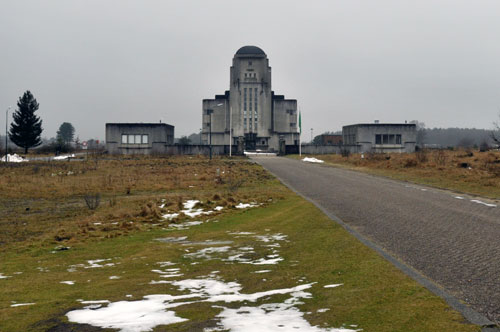
After the radio antennas in the area had become obsolete, in 1998, the by then privatized telephone company KPN sold the complex to the Ministry of Agriculture. On the one hand, the population of Radio Kootwijk (less then a hundred people) was afraid of new antennas with disturbing effects on health and the environment. On the other hand, demolishing the unique heritage of the radio complex was polemic. The buildings could only be maintained if a new function for them was found. In 2009, the complex was sold back to the national foresting department Staatsbosbeheer, who developed a joint vision for redevelopment of Radio Kootwijk. The plan strives to find new cultural and leisure uses for the historic radio buildings and surroundings, while maintaining the quiet and natural qualities of the place.
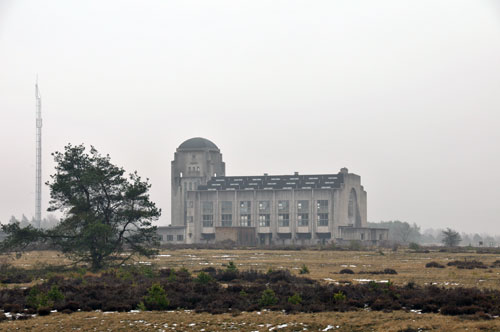
At the moment, especially summer activities are scheduled, on a temporary basis, in and around the ‘cathedral’ and in a so-called ‘theater shed’. In winter, the place is very silent. The spaces can also be rented for events. The hotel building caught fire in 2006, but is to be rebuilt in its former glory. In the area, management training facilities have landed, using the green surroundings for inspiration.
Radio Kootwijk in Google Maps



